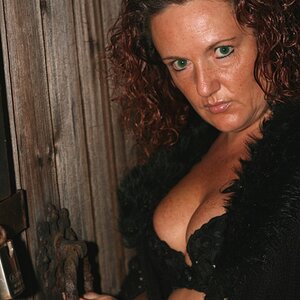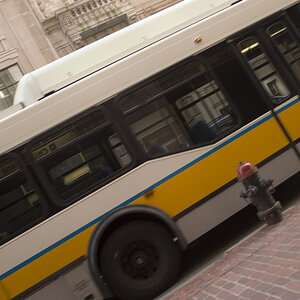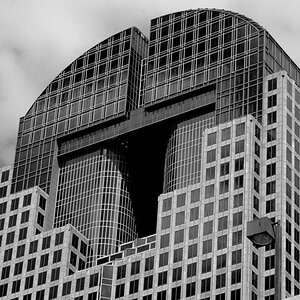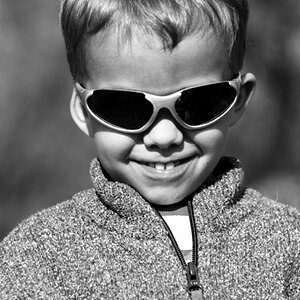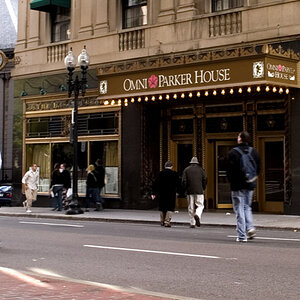Theninjaseal
TPF Noob!
- Joined
- Jul 11, 2012
- Messages
- 26
- Reaction score
- 2
- Location
- Montgomery, AL
- Can others edit my Photos
- Photos OK to edit
I'm new to the ILC/dSLR world and I really miss the close-up focusing of my oldd point-and-shoot. What's the best (cheapest) way for me to allow my camera to focus really up close for macro shots? Like less than two inches maybe. Is that even possible for a dSLR frame? Any suggestions on lenses or accessories that would let me focus really close and still use autofocus? Thanks.


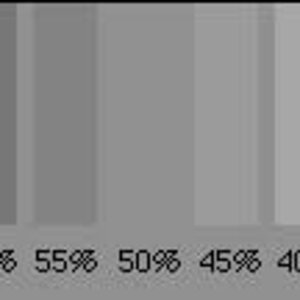
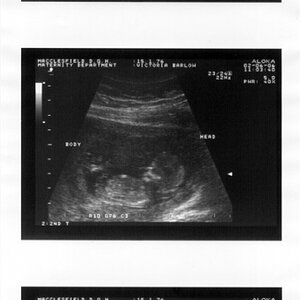
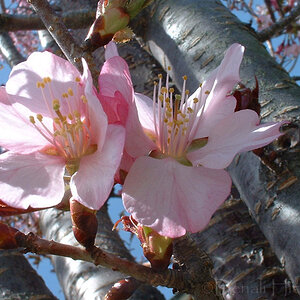
![[No title]](/data/xfmg/thumbnail/34/34122-fb99897e57c9440aede4be4fdc5f1352.jpg?1619736292)


